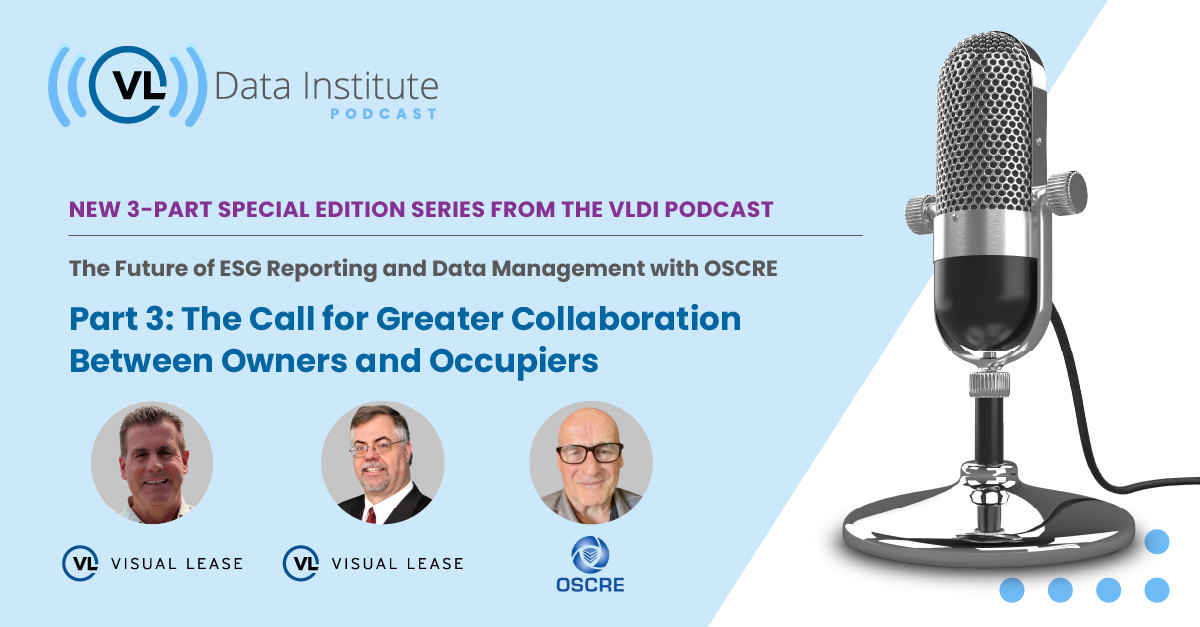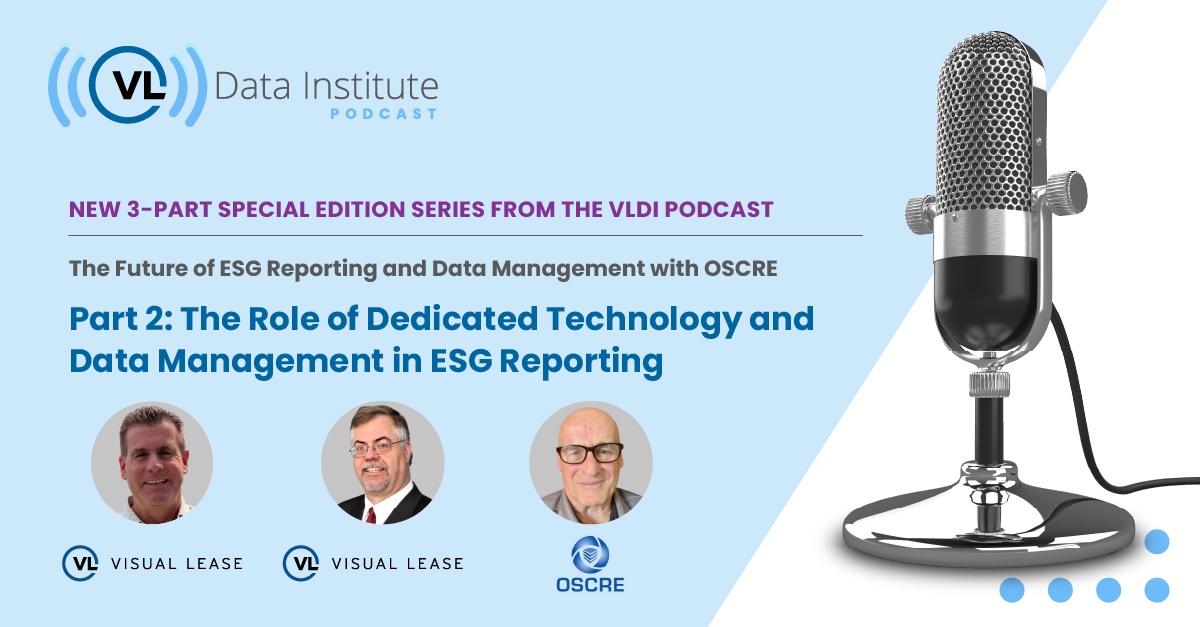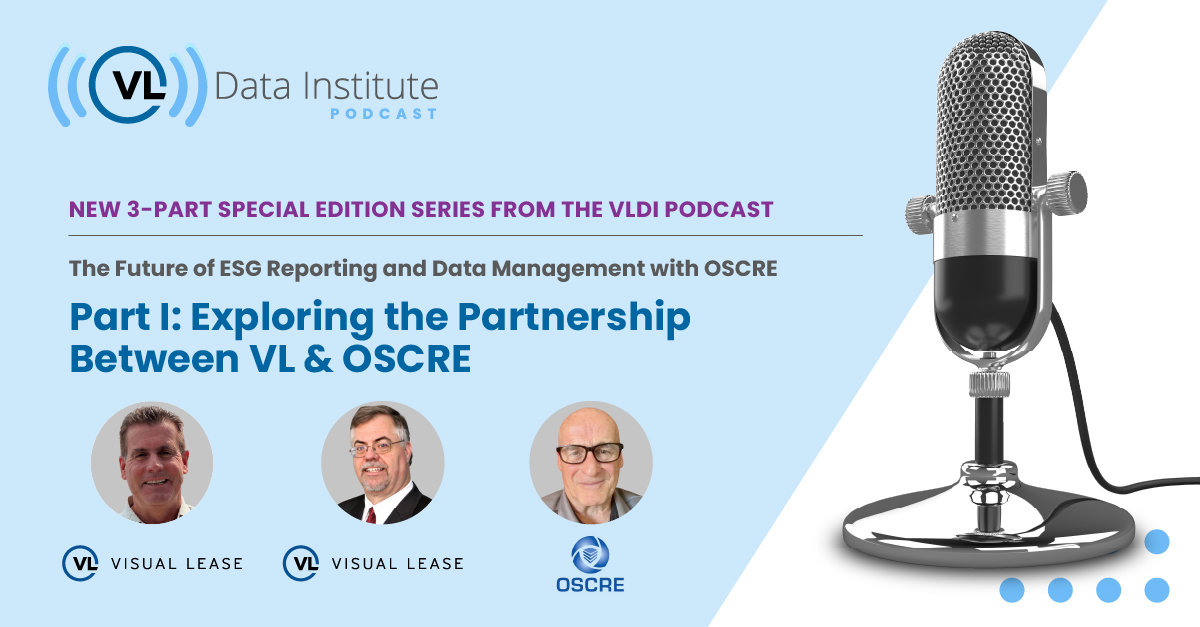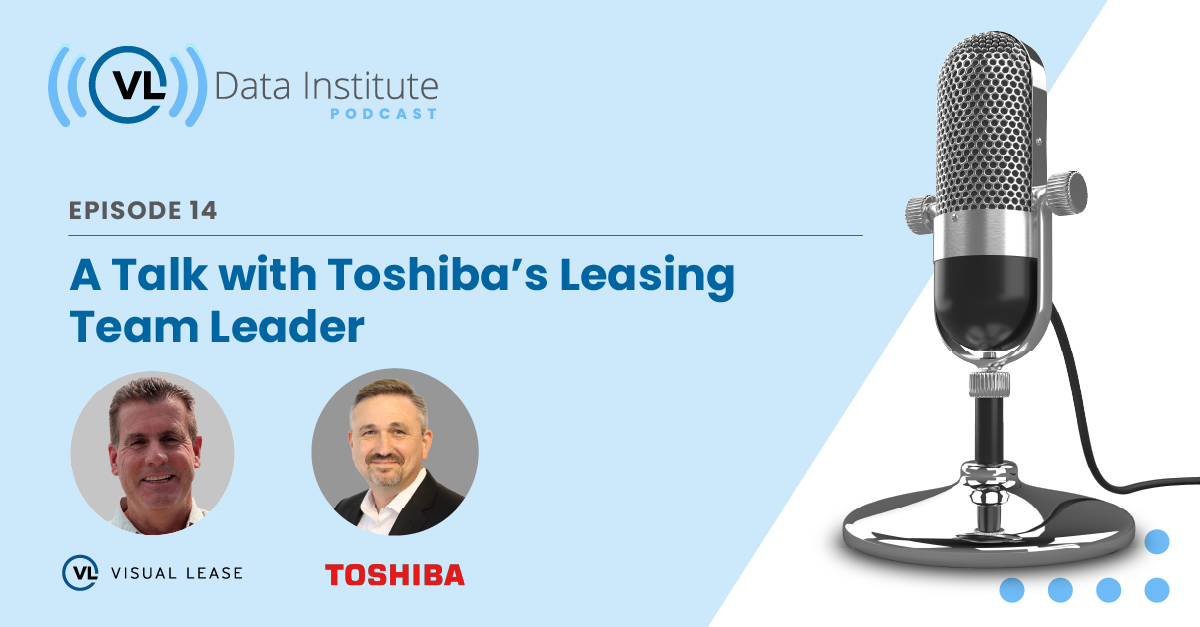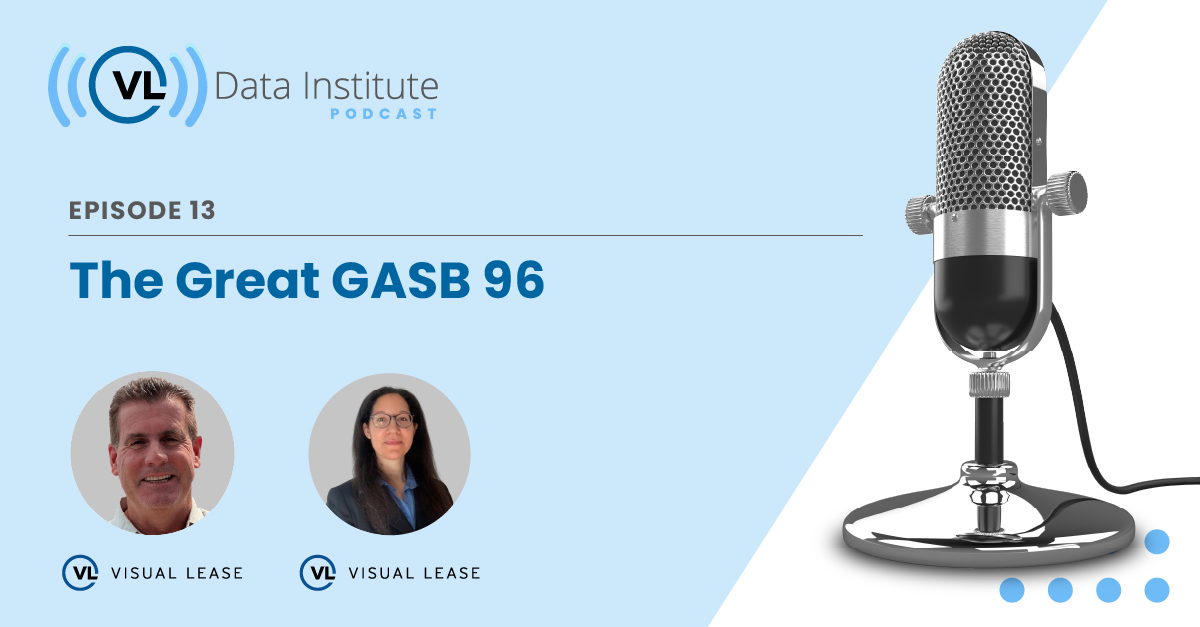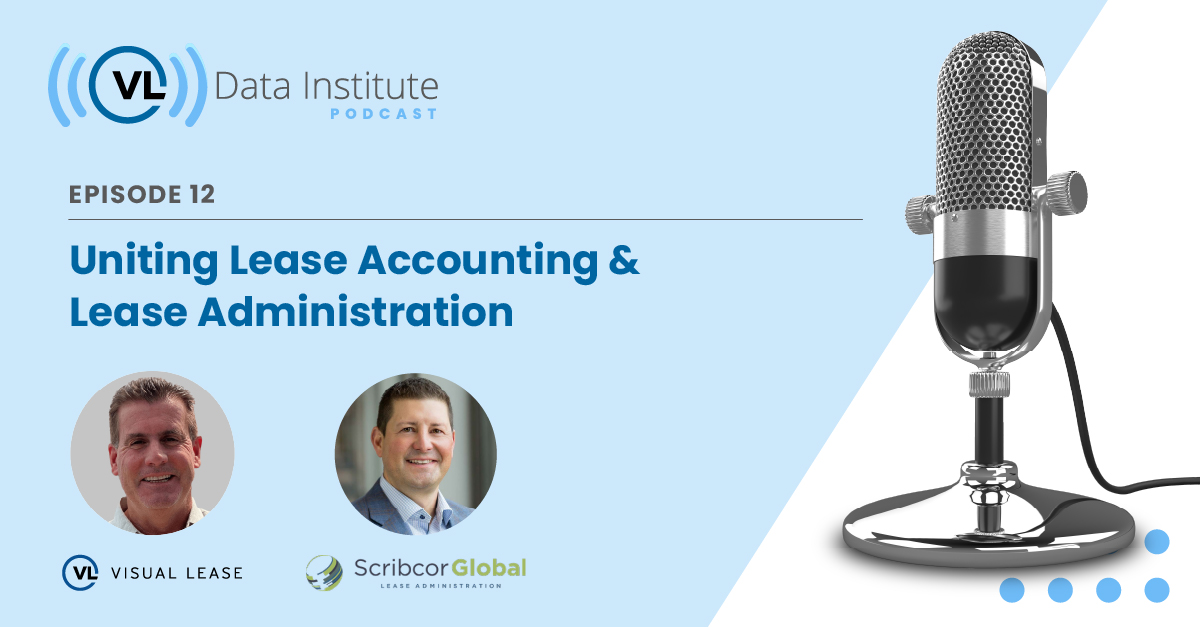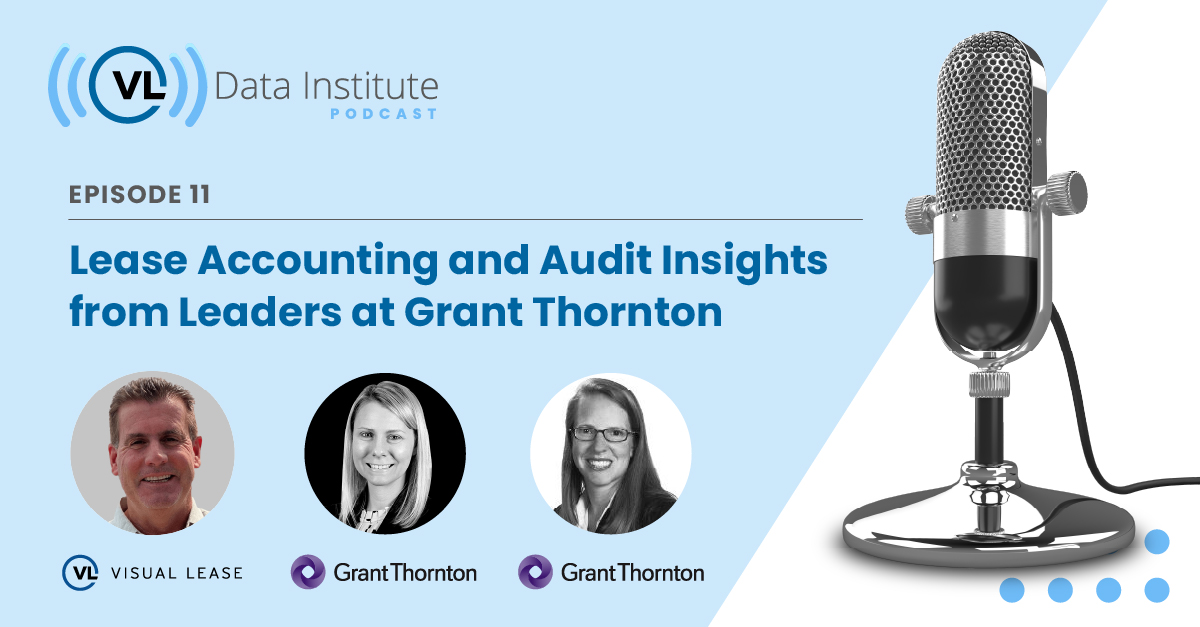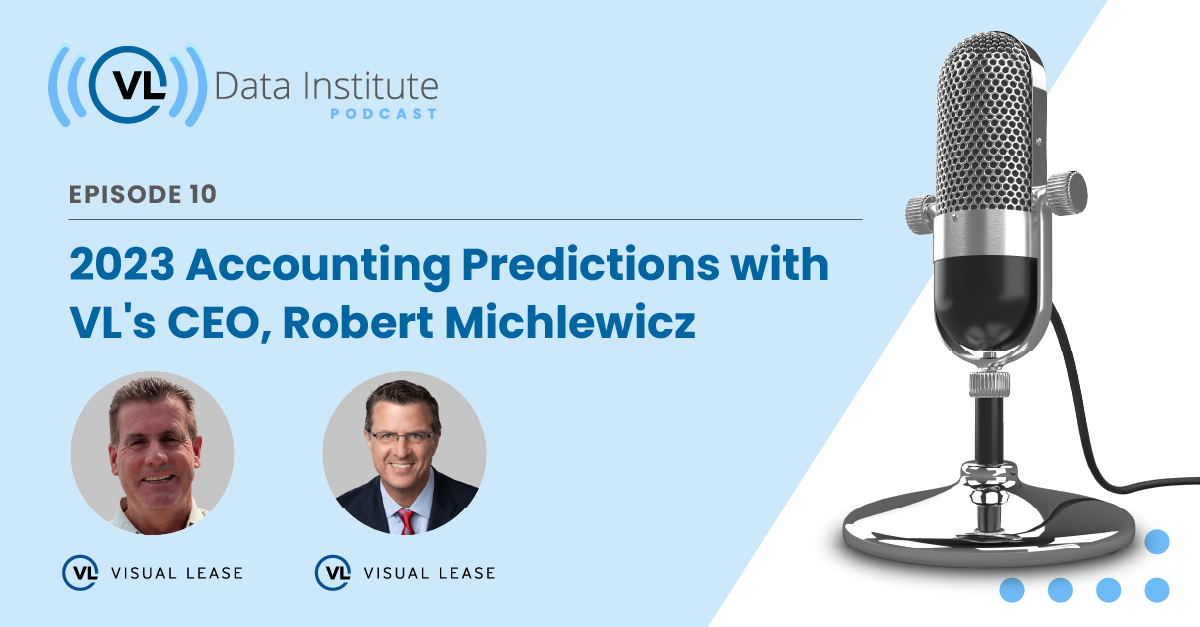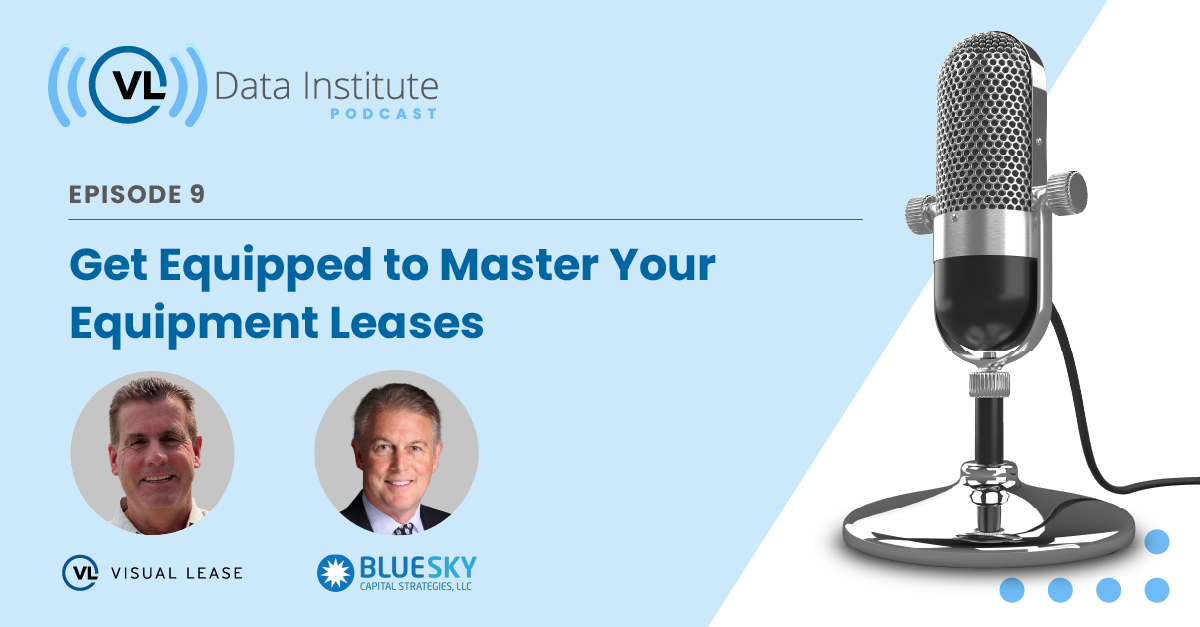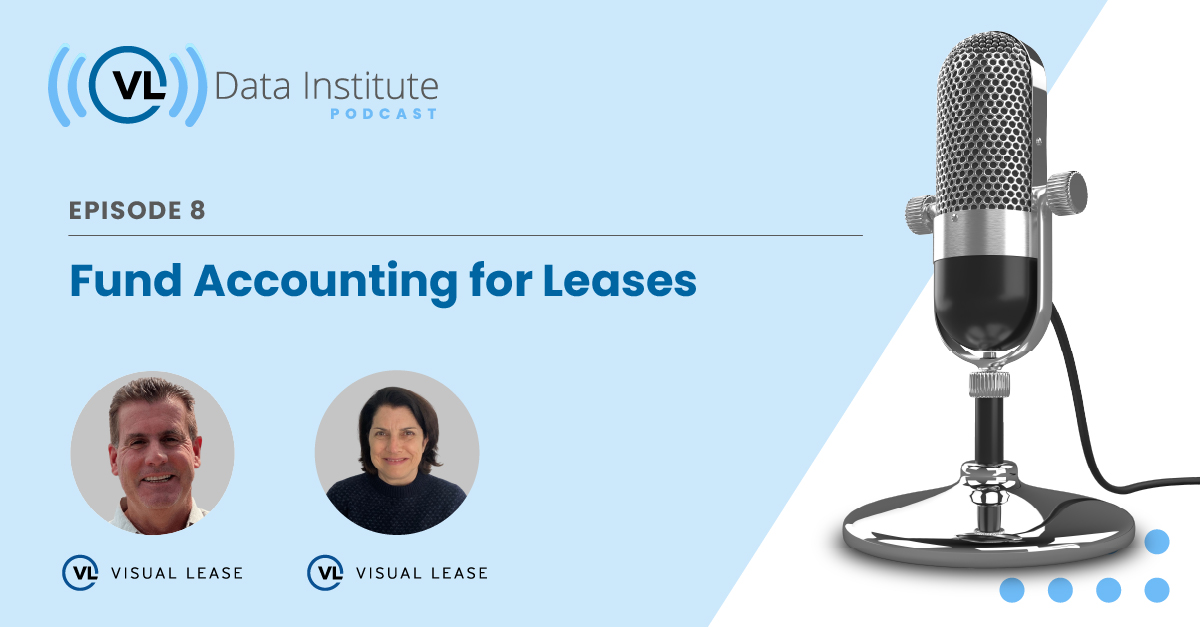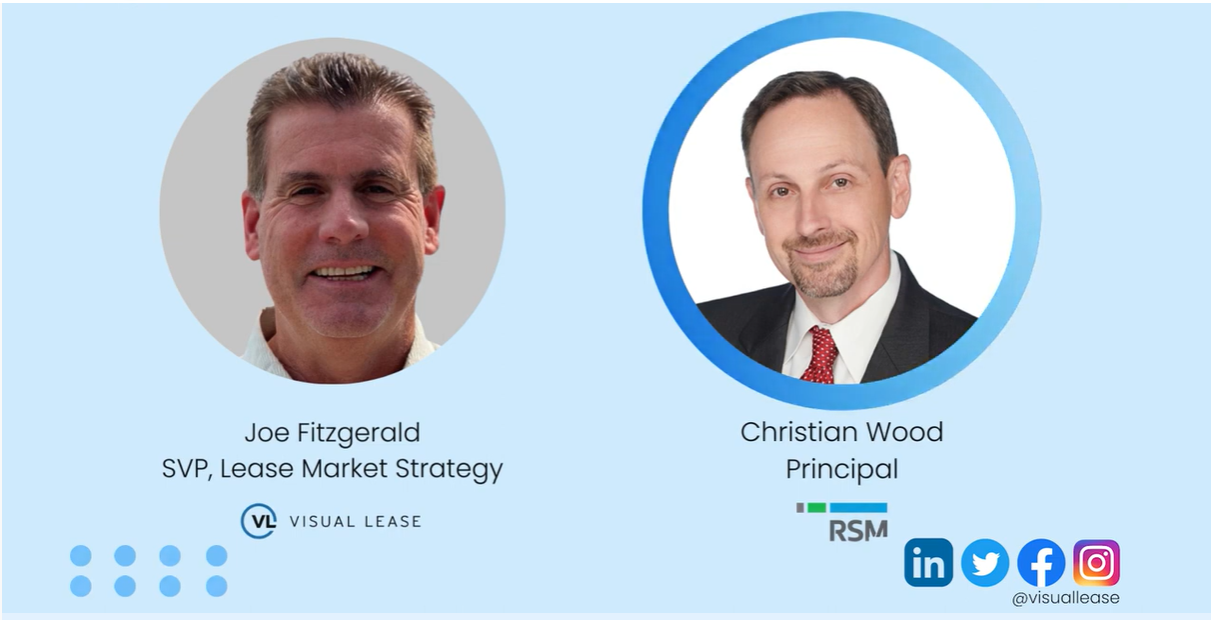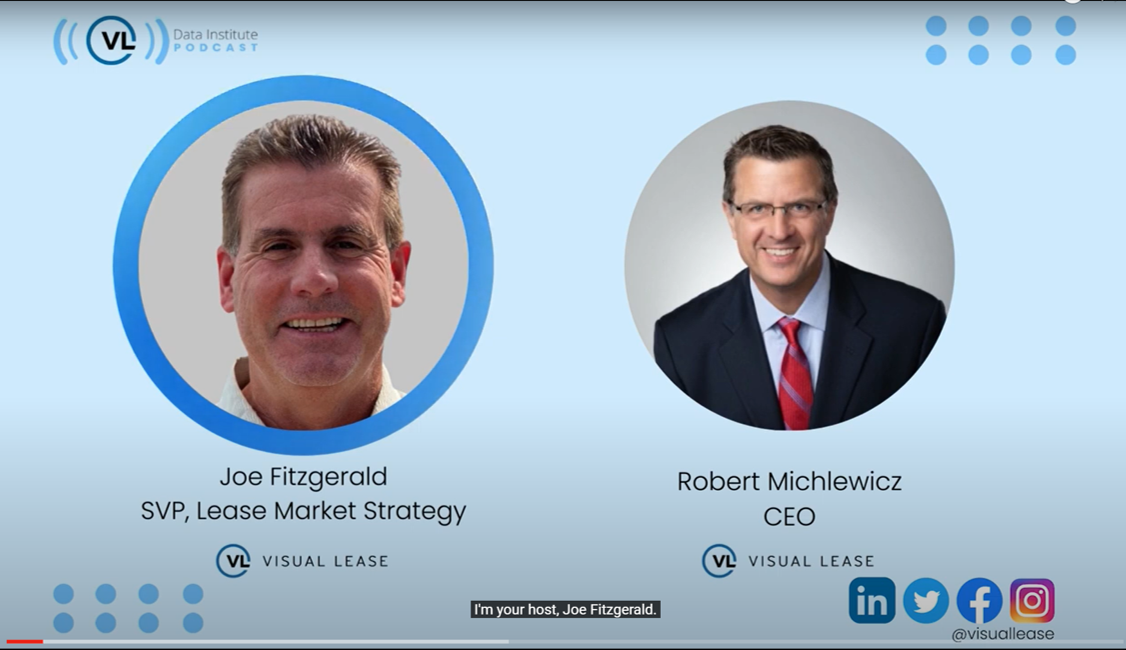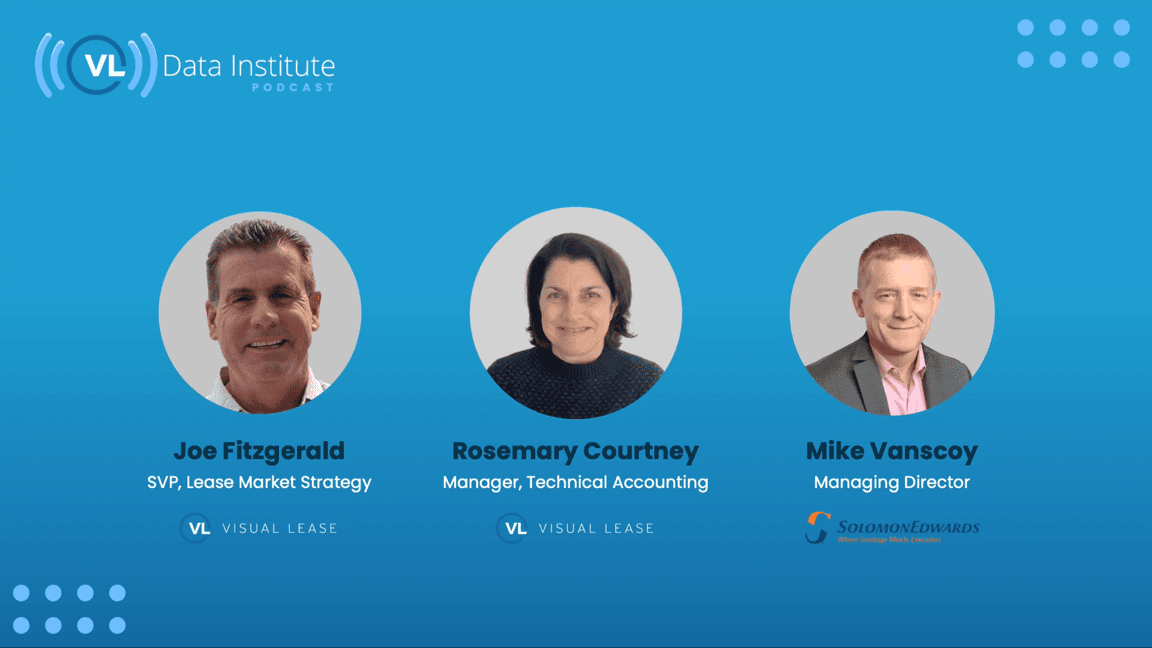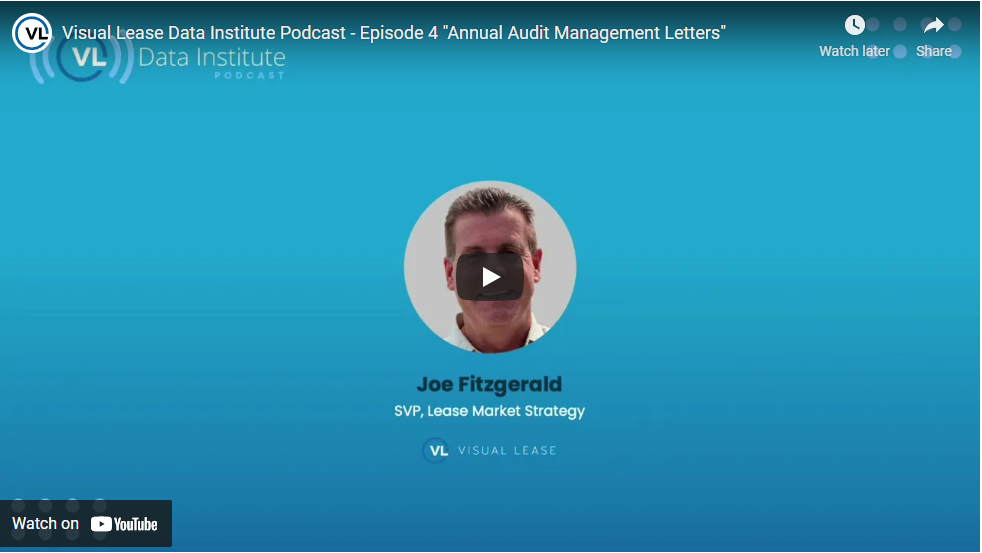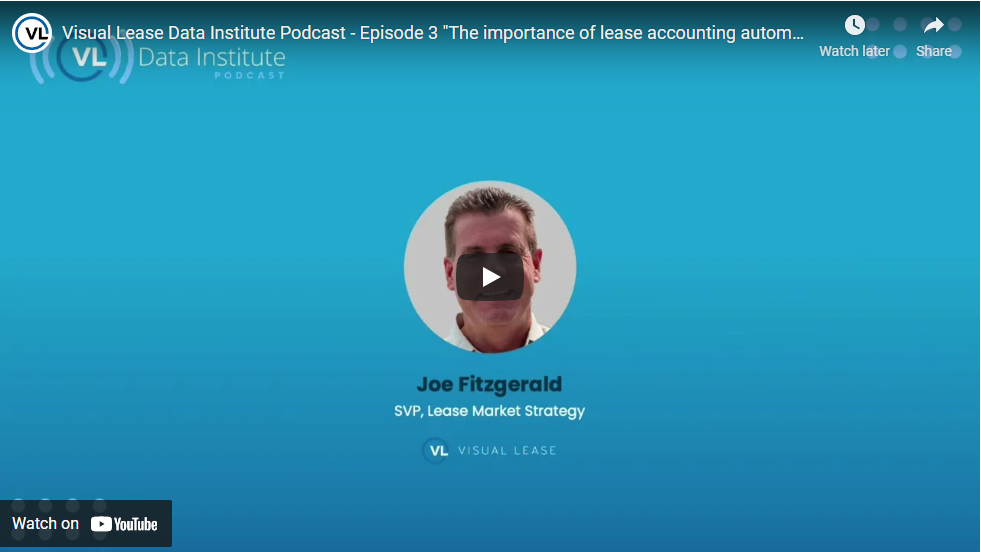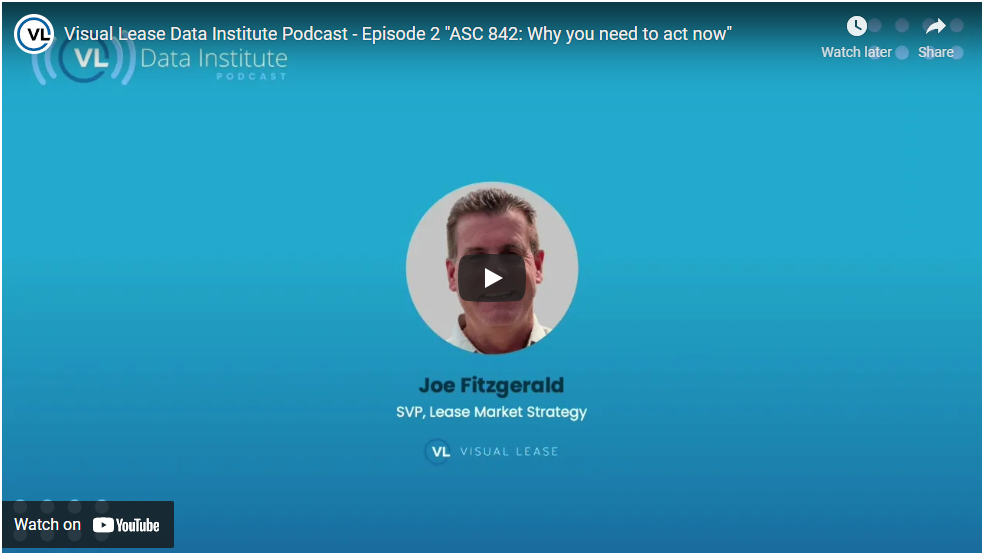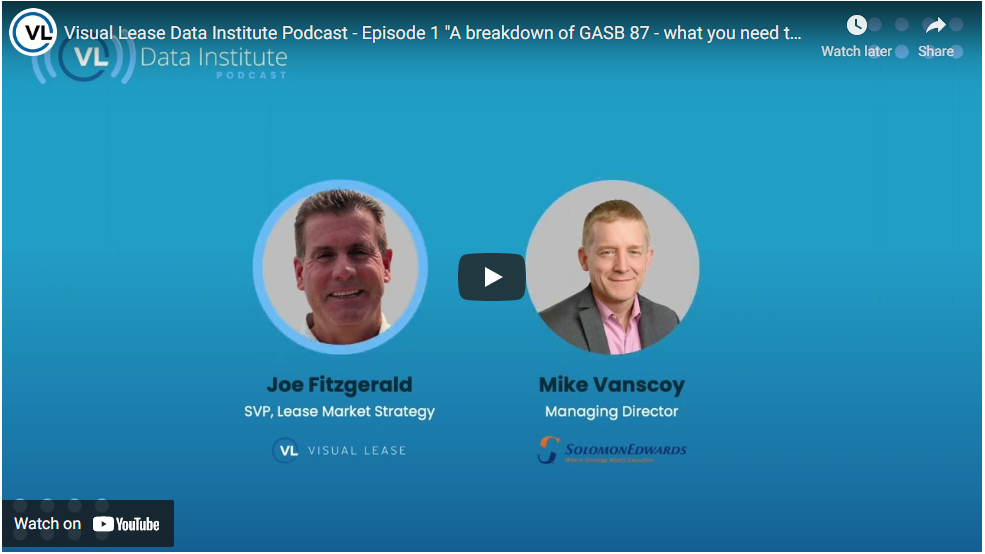In Part II of our special 3-part series from The VLDI Podcast, experts from VL and OSCRE break down how technology-backed data management processes can transform an organization’s ability to report on its environmental impact and make the changes necessary to improve it.
Read Transcript
VLDI Podcast Episode 15 Part 2: Transcript
Joe:
Welcome to the second episode in a special series of The VLDI Podcast with Ian Cameron, Chief Innovation Officer from OSCRE, a Real Estate Data Industry Data Standards organization alongside Bill Harter, Principal Solution Advisor at VL. In this episode, we dive into the importance of dedicated technology and data management in ESG reporting. Ian, how does having ESG focused technology companies like VL participating on the Standards Project add value to where OSCRE is heading related to ESG?
Ian:
Joe, good question. So, at a minimum, it makes a real difference to us to have a clear idea of what kinds of data requirements fit, let’s say, energy, data management. And you have such a wealth of knowledge about that not only from your own firm, but also from your customers. And from my experience, where the two of you have been participating in this workshop, that comes out loud and clear.
So that’s extraordinarily valuable to us, especially when we’re trying to get the standards right. And the other thing I really like about the way you’ve been participating is that you go beyond just thinking about your own applications and your own technology to be thinking also about what matters the most to your customers. And that’s extraordinarily valuable. The other thing that’s really good about it, and I’m thinking of a couple of conversations, Bill, that you’ve had with us in these workshops recently.
You focus on the detail and the technical aspects of some of the stuff that probably passes by most people’s eyes. You are very much aware of that and you’re sharing that, and again that’s extraordinarily valuable because frankly, the proof is in the pudding at the detail level in these standards. So that’s hugely important. The second thing is with data integration, as we mentioned earlier on in this session, integration calls for a mechanism by which presumably you’re gathering data from other sources.
Bill and Joe, but you’re also providing data to others. So, the movement in and the movement out is one and making that easy and consistent and consistent with standards. That’s a very important feature of how these standards ought to be implemented. But at the same time, possibly the third one, is it really helps to be able to get your views on how to implement the standards.
And you obviously bring the technical expertise to think about that. And that includes how you might, for example, pick up one of the outputs from the current standard we’re working on is an API spec. So, it may also be that the way that the standard is delivered or produced or published, that you have technical things that you can draw upon and the information that comes with the standards which would help you and your customers implement these standards.
So, it’s data requirements, thinking about integration and thinking about implementation. And then finally, as we finish up this energy data standards project, we’re going to conduct two or three pilot projects. And to have you participate in a pilot will be extraordinarily valuable and the intention then is to publish the results of those pilots. And we’d like nothing more than to showcase the critical role that your applications and capability play in that.
So, we’re very much looking forward to that. I’d like to finish this, just answering your question about some of the use cases that we’re actually working on. The first thing is a data set. So, developing a data model standard for energy data as a subset of ESG, that’s the first thing. And that’s intended to include the baseline raw data that can be used for multiple purposes.
That’s the key. Some of the other use cases include, for example, a direct emissions policy. What does a policy require from the standpoint of information needs to be submitted as a result of that policy are tracked or reported, it helps pick up greenhouse gas emissions, what we’re also looking at is how do we collect data from a variety of functions and sources?
In your particular case, I’m sure that Visual Lease is implemented in conjunction with other systems and drawing information from a whole stack of different sources. So, we’re very interested in how that data gets collected and used or picked up by an application like yours. We’re also very interested in submitting data that can be used for reporting to the likes of GRESB or NCREIF or PRIA or some of the other major reporting platforms.
And that data needs to come from wherever the sources might be. And that’s why the data exchanges along the supply chain as part of the standards. So, what we’re focusing on with that use case is how do we draw data from the supply chain to satisfy the requirements of these different reporting platforms? And the direction that we’re taking with that is to focus on the raw data itself, meaning we’ll collect the data in raw form and then into applications such as your own and others.
Then we’ll prepare it for further passing it down the line of our reporting. So that supply chain perspective is very important. And then finally, we have developed the standard in such a way that it’s ready made to then be restarted or massaged, are brought into calculations that can be used for benchmarking and compliance purposes. So, it’s a pretty broad range of use cases, all of which, frankly, in my view, have a role for Visual Lease.
And again, we really appreciate that you’ve been helpful and instrumental in developing the details for each of those use cases. The development stage for that is just about completed. Once done, we’ll go out to the industry to get feedback. Then we will produce some implementation guidance and examples from the pilots. And I think I already mentioned that we’re also going to simultaneously open up some new education and on demand series of ten one-hour sessions specifically focused on improving environmental data management capabilities and specifically implementing the standards for each of those use cases.
Joe:
So, Bill, to flip the script for a minute here, how do you see a platform such as VL ESG Steward™ leveraging all the work that OSCRE does?
Bill:
Well, I have to say, Joe, we certainly have been leveraging that work, and it’s very interesting to hear and talk about how we’re contributing to the integrations part, because, frankly, OSCRE has been contributing to our view of the integrations. You know, even when we were first developing this ESG Steward platform, we were thinking in terms of the information flowing from meters and energy bills and such into a platform where we do math with it and do all the calculations and the information then flows into reporting.
By working with your teams and working with the various perspectives, we’re really understanding now that this is a data flow, that information is back and forth in all directions. So, information’s pushing out, information’s coming in and all this really is necessary to have the proper metrics and analytics so that the information’s actually useful. You know, Joe, to answer your question further, I’m also finding that this work with OSCRE is informing our plans for future developments.
Again, talking about energy usage, we’ve been thinking in terms of, I should say we started out thinking in terms of rolling the energy up. And it’s important to have the sum-total energy consumption information at the building level really, where understand now from these additional perspectives, it can also be important to take that energy information back down to individual components and be able to understand how HVAC units are contributing to energy consumption versus computers and other office equipment.
To be able to break things down into their components is going to be very helpful to users. We’re looking at various different ways to expand into scope three operations as well. You know, a lot of this is going to be supply chain, which of course is going to have to end up in many parts, requiring some estimation go into a company’s ESG reporting, because not all third party information is necessarily going to be as reliable as the information the company is generating on their own by working with OSCRE or working with GRESB, working with the larger portfolios.
We’ve got a better data source. We’ve got a broader range of information. We’re going to help companies develop more accurate estimations for where there are gaps in scope three information. But finally, if I can pay a compliment back to Ian, the stuff I’ve really been impressed with, he’s developing some process flows, multi swim lane flow charts of showing the process flows of where the information comes from and the standards it applies to and where the reports go out.
That’s fantastic work. That really helps us identify our piece, the part that we can play in the overall ESG reporting standard and that helps us be sure our tool is adapted to the user’s needs.
Joe:
That will conclude part two of our special edition of the VLDI podcast with Ian Cameron from OSCRE alongside Bill Harter, Principal Solutions Advisor at VL. Stay tuned for part three, which will be available on our website and social media platforms @visuallease on August 30th.











